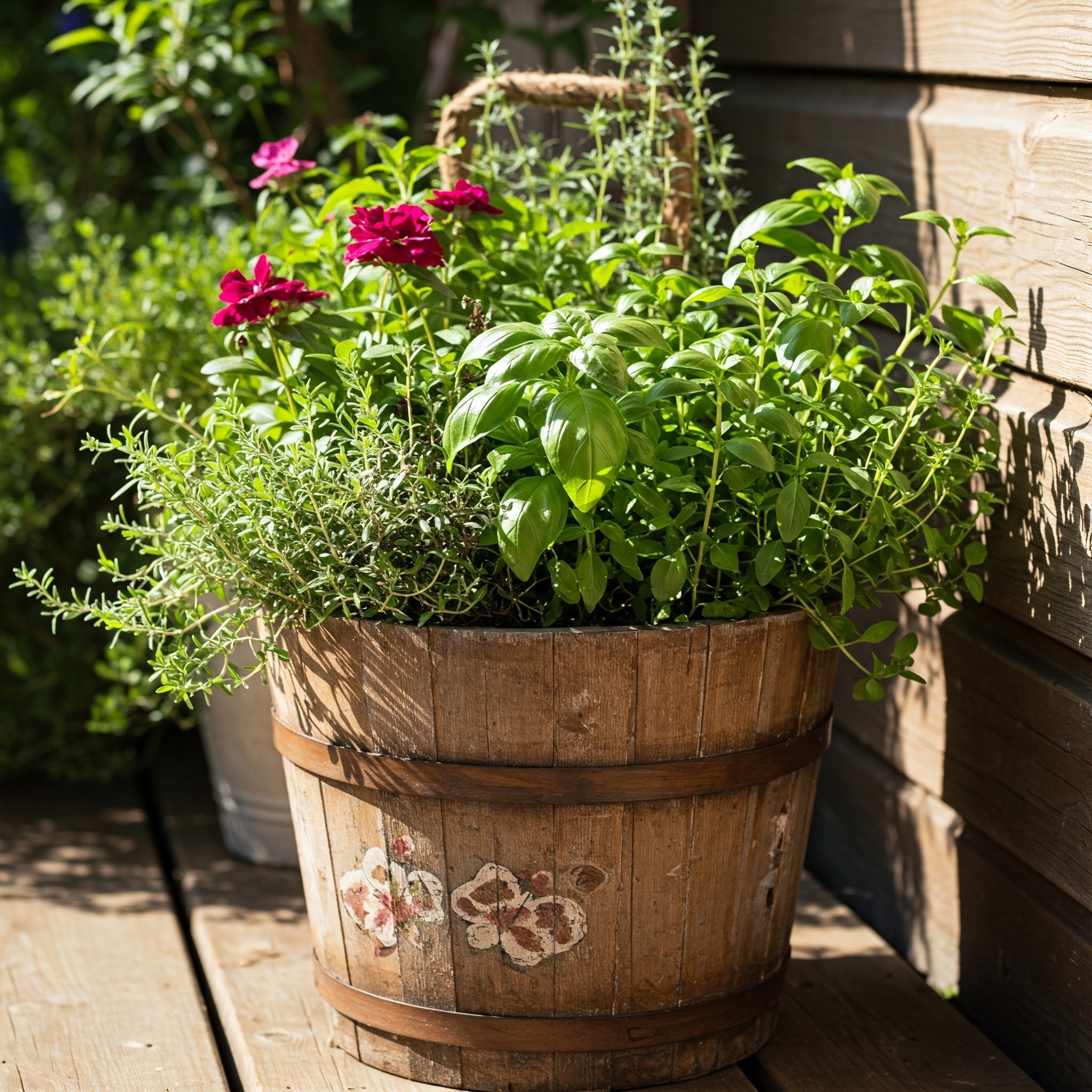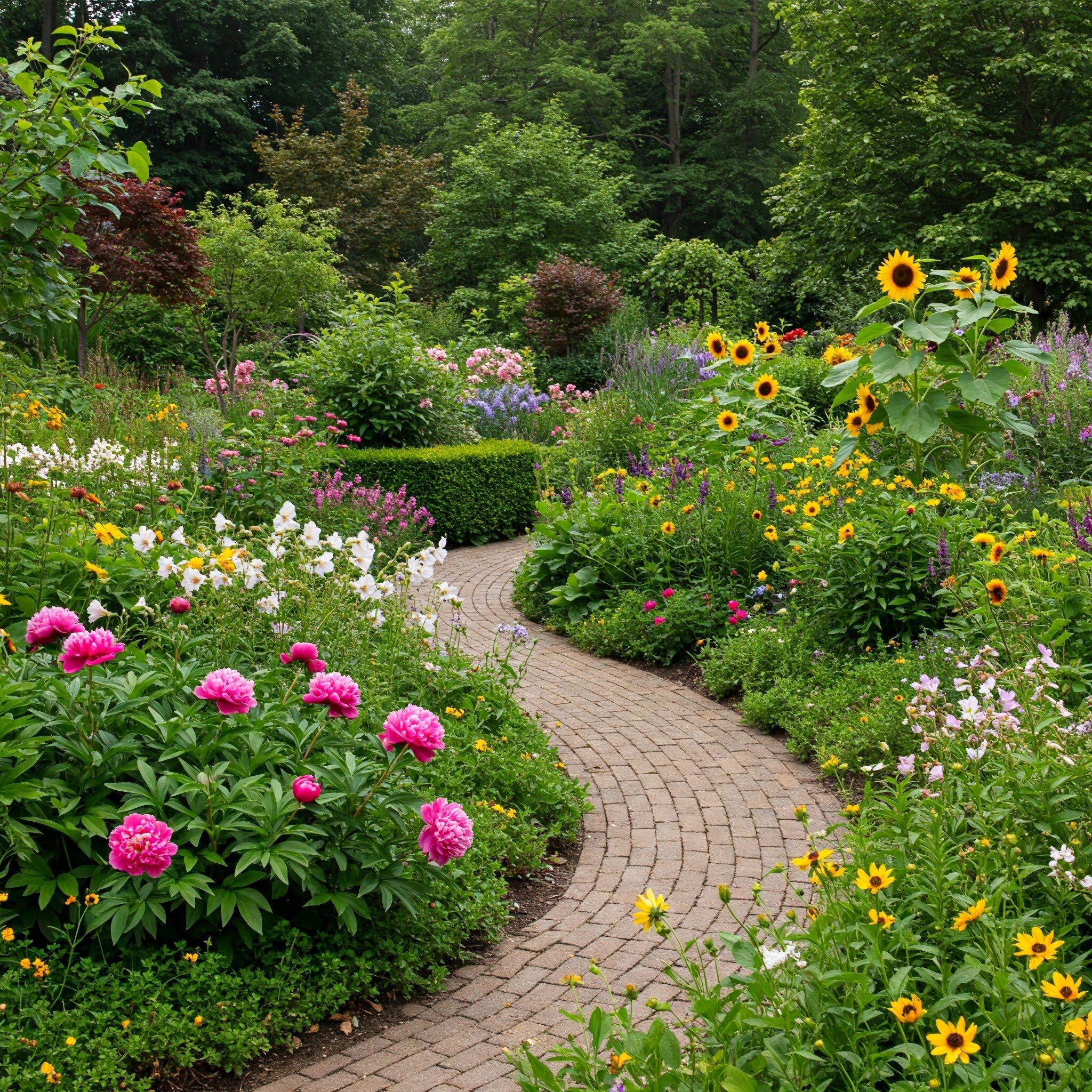Tomato Leaves Turning Yellow? Causes and Solutions
Are your tomato leaves turning yellow and you’re unsure why? Discover the common causes and effective solutions in our detailed guide to keep your tomato plants healthy and vibrant.
If you’re a tomato enthusiast, nothing’s quite as disheartening as seeing those lush, green leaves of your tomato plants start to turn a sickly yellow. It’s like watching your favorite team falter right before the big game! But don’t worry—yellowing leaves can be caused by a range of issues, from simple nutrient deficiencies to more serious diseases. In this guide, we’ll explore “Tomato Leaves Turning Yellow? Causes and Solutions,” so you can diagnose the problem and get your plants back on track. Ready to get to the root of the issue? Let’s dig in!
Understanding the Yellowing Dilemma
Before diving into the specifics, it’s important to understand why tomato leaves might turn yellow. Yellowing can be a common issue with several potential causes, ranging from simple fixes to more serious problems. Often, it could be due to nutrient deficiencies, such as a lack of nitrogen or potassium. Overwatering or poor drainage can also lead to yellow leaves by causing root rot or other issues. Pests and diseases, like aphids or fungal infections, might be the culprits as well. Environmental factors, including excessive heat or cold, can stress the plant and result in yellowing. By identifying the underlying cause, you can address the issue effectively and keep your tomato plants healthy and thriving. Let’s explore the common reasons for yellowing and how to tackle each one.
Common Causes of Yellowing Tomato Leaves
1. Nutrient Deficiencies
Tomato plants are a bit like teenagers—they require plenty of nutrients to grow strong and healthy. Yellowing leaves can often signal a nutrient deficiency, which is a common issue for these plants. Essential nutrients like nitrogen, potassium, and magnesium play crucial roles in the overall health of your tomatoes. A lack of nitrogen can cause older leaves to turn yellow, while insufficient potassium might lead to yellowing at the edges of leaves. Magnesium deficiency typically results in yellowing between leaf veins. To prevent or address these issues, consider using a balanced fertilizer that provides the necessary nutrients. Regularly checking and adjusting soil conditions can also help ensure your tomatoes receive the right amount of nutrients for optimal growth.
Nitrogen Deficiency: If your lower leaves are turning yellow while the top leaves stay green, nitrogen might be the culprit. Nitrogen is crucial for leaf growth, and a deficiency can stunt your plant’s development.
Potassium Deficiency: Yellowing edges of older leaves can signal a lack of potassium. Potassium helps regulate water uptake and enzyme activity, so its absence can affect overall plant health.
Magnesium Deficiency: If yellowing starts from the center of the leaves and the veins remain green, magnesium might be missing. Magnesium is vital for photosynthesis and leaf health.
Solution: Fertilize your plants with a balanced tomato fertilizer that includes essential nutrients. For specific deficiencies, consider adding a targeted supplement, such as a nitrogen-rich or potassium-rich fertilizer.
2. Watering Woes
Both overwatering and underwatering can cause yellowing leaves in tomato plants. Tomatoes thrive in soil that remains consistently moist, but they don’t do well in waterlogged conditions. Overwatering can lead to root rot and poor oxygen levels in the soil, resulting in yellow, wilted leaves. Conversely, underwatering can stress the plant, causing leaves to yellow and drop as they struggle to obtain enough moisture. To keep your tomatoes healthy, ensure the soil is evenly moist but not soggy. Check the soil regularly by sticking your finger about an inch deep; if it feels dry, it’s time to water. Adjust your watering schedule based on weather conditions and the plant’s growth stage to maintain the right balance. Proper watering helps your tomato plants stay vibrant and productive.
Overwatering: Too much water can lead to root rot and poor oxygenation, causing leaves to turn yellow and drop off.
Underwatering: On the flip side, not enough water can stress the plant, causing leaves to wilt and turn yellow.
Solution: Ensure your tomato plants receive consistent watering. Check the soil regularly; it should be moist but not waterlogged. Adjust your watering schedule based on weather conditions and soil moisture.
3. Pest Problems
Sometimes, pests can cause yellowing leaves as they feast on your tomato plants. Keep an eye out for common culprits like aphids, which suck sap from the leaves, or whiteflies, which can cause leaves to yellow and curl. Spider mites are another nuisance; they create fine webs and feed on the plant’s juices, leading to discolored and damaged foliage. Check the undersides of leaves and stems for small, moving insects or webbing. If you spot pests, take action immediately to prevent further damage. Use insecticidal soap or neem oil to treat infestations, and consider introducing natural predators like ladybugs to help control pest populations. Regular inspection and prompt treatment are key to keeping your tomato plants healthy and free from pests.
Aphids: These tiny insects suck the sap from your plants, causing leaves to yellow and curl.
Spider Mites: These little critters can create tiny webs and cause yellowing, especially on the lower leaves.
Solution: Use insecticidal soap or neem oil to manage pests. For severe infestations, consider using an appropriate pesticide or consulting with a local gardening expert.
4. Diseases and Fungal Infections
Yellowing leaves can sometimes indicate more serious problems, such as diseases or fungal infections. For example, early blight, a common fungal disease, causes yellowing and spotting on lower leaves, eventually leading to plant decay. Another issue is fusarium wilt, which affects the plant’s vascular system, causing yellowing that starts at the bottom and spreads upward. Additionally, tomato plants can suffer from bacterial wilt or root rot, both of which cause leaves to yellow and wilt. If you suspect a disease, inspect your plants closely for unusual spots, lesions, or mold. To address these issues, remove and dispose of affected leaves, improve air circulation around your plants, and apply appropriate fungicides or bactericides as needed. Proper plant spacing and crop rotation can also help prevent the recurrence of these problems.
Early Blight: This common tomato disease starts with yellowing and spots on the lower leaves.
Septoria Leaf Spot: This fungus causes small, round spots with yellow halos on leaves.
Solution: Remove affected leaves and improve air circulation around your plants. Consider using fungicidal sprays if necessary, and always practice good garden hygiene to prevent disease spread.
5. Environmental Stress
Tomatoes are sensitive to environmental changes, and stress can manifest as yellowing leaves. Key stress factors include abrupt temperature shifts, such as extreme heat or cold, which can disrupt the plant’s metabolic processes. Poor light conditions, whether too much direct sun or inadequate light, can also cause stress and yellowing. Additionally, sudden changes in watering routines or soil conditions can affect the plant’s health. If your tomatoes are exposed to excessive wind, or if they’re planted too close together, overcrowding and inadequate airflow can contribute to stress. To mitigate these issues, ensure your plants are in a stable environment with consistent temperatures, proper light, and a regular watering schedule. Adjust plant spacing for better air circulation and protect your tomatoes from harsh weather conditions to maintain their health and vibrancy.
Temperature Extremes: High temperatures or sudden cold snaps can stress your plants.
Improper Light: Tomatoes need full sun to thrive. Insufficient light can lead to poor growth and yellowing leaves.
Solution: Provide a stable environment for your tomatoes. Protect them from extreme temperatures and ensure they receive plenty of sunlight.
How to Diagnose and Treat Yellowing Tomato Leaves
Step-by-Step Diagnostic Guide
Examine the Leaves: Look closely at where the yellowing starts—edges, centers, or all over? This can give you clues about the cause.
Check Soil Moisture: Feel the soil to determine if it’s too wet or too dry.
Inspect for Pests: Look under leaves and along stems for signs of insects.
Assess Nutrient Levels: Consider if you’ve recently fertilized and if your plant might be lacking in nutrients.
Review Environmental Conditions: Take note of any recent changes in temperature or light conditions.
Treatment and Prevention Tips
Regular Fertilization: Keep your plants nourished with balanced fertilizers.
Consistent Watering: Maintain consistent moisture levels and adjust based on weather.
Pest Control: Regularly inspect for pests and take action as needed.
Disease Management: Remove diseased foliage promptly and use fungicides if necessary.
Environmental Care: Ensure your plants are in a stable, sunny location and protected from extreme conditions.
Conclusion
Yellowing tomato leaves can be a pesky problem, but with a little detective work and timely intervention, you can get your plants back on track. By understanding the causes and solutions detailed in our “Tomato Leaves Turning Yellow? Causes and Solutions” guide, you’ll be well-equipped to tackle this issue head-on. Remember, healthy tomatoes are happy tomatoes, and with the right care, you’ll be rewarded with a bountiful harvest of vibrant, delicious fruit. Happy gardening!
Frequently Asked Questions
1. Can yellowing leaves be reversed once they appear?
Unfortunately, once leaves have turned yellow, they generally won’t recover. However, addressing the underlying cause can prevent further yellowing and improve the health of new growth.
2. How often should I fertilize my tomato plants?
Tomatoes benefit from regular feeding. Typically, fertilize every 2-3 weeks during the growing season, following the recommendations on your fertilizer package for the best results.
3. What should I do if the yellowing is widespread?
If yellowing is affecting many leaves or plants, it might indicate a more serious issue like disease or environmental stress. Check for pests, ensure proper watering and nutrients, and consider seeking professional advice if the problem persists.
4. Can over-fertilization cause yellowing?
Yes, over-fertilization can lead to nutrient imbalances and root burn, which might cause yellowing leaves. Always follow fertilizer instructions and avoid applying more than recommended.
5. How can I improve air circulation around my tomato plants?
Space your tomato plants adequately to allow for good airflow. Avoid overcrowding and consider using stakes or cages to keep plants upright and improve ventilation.































